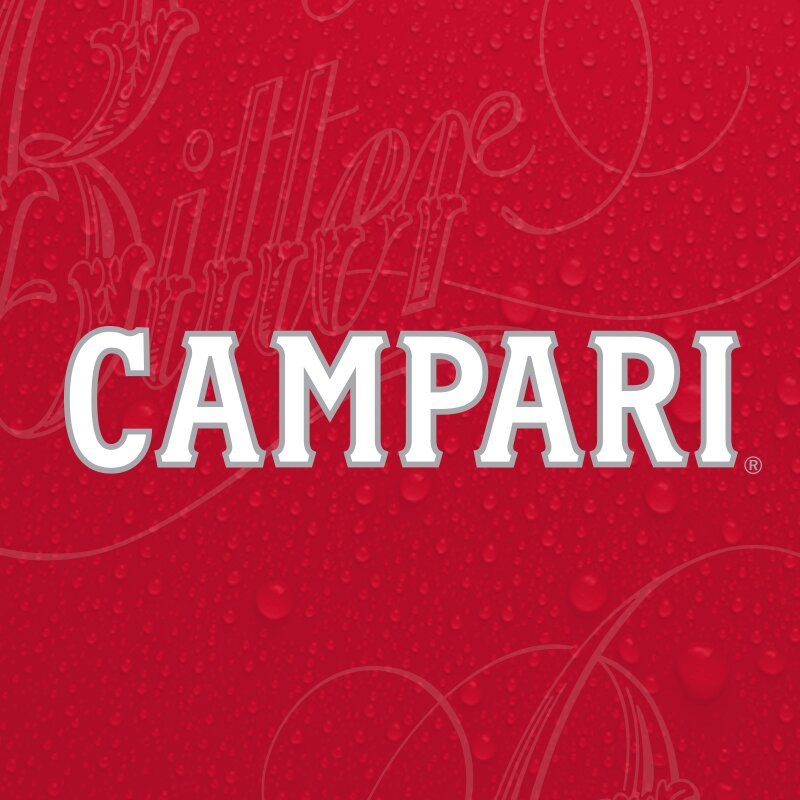 I was researching a few different topics and stumbled upon an interesting observation: Not only is Campari sold at a wide-ranging variation of alcohol percentage in different countries, the coloring used to make its signature red is different depending on the country.
I was researching a few different topics and stumbled upon an interesting observation: Not only is Campari sold at a wide-ranging variation of alcohol percentage in different countries, the coloring used to make its signature red is different depending on the country.
As many people know, Campari was traditionally colored with cochineal, a scale insect native to South America that grows on the prickly pear cactus. (Cochineal is still used in many products today, as it is a natural coloring and doesn't need to be labelled as the unsightly 'artificial coloring'.)
In 2006 cochineal was discontinued – but as it turns out, not everywhere. In the United States and it seems most countries, Campari now uses artificial coloring. Depending on which country one is located in, that coloring must be declared in different ways, so what is merely "artificially colored" in the US is labelled as three specific coloring agents in one country, and none at all in others.
But in at least one country, cochineal is still used.
In the United States, Campari is sold at 24% ABV and the coloring is listed as "artificially colored."
In France, the ABV is 25% and the colorings are listed as E122, E102, and E133.
Next door in Spain, no special colors are labelled, but it's also sold at 25% ABV.
It appears it is the same in Argentina (with INS instead of E numbers), but the proof is 28.5%.
In Brazil it is the same, and labelled gluten-free.
In Toronto, it is sold at 25% and the color is merely misspelled (kidding!) as "colour."
In Australia, it is sold at 25% with no special color labelling.
In Malaysia it is the same – 25%, no color labelling.
In Japan, it appears to be sold at 25%. Anyone ready Japanese and can tell me if it says anything about coloring or eggs?
(One reader responds: "Red #102, Yellow #5, Blue #1. Don't see any mention of eggs.")
In Israel, it's sold at 25% ABV with E122, E102, and E133 listed as colorants.
In Iceland, it's sold at 21% ABV with no special color labelling.
Now here's where it gets really interesting.
I was wondering if the Swedish government website was merely out of date as it lists the coloring as E120 – that's cochineal(!), but a friend just picked up a bottle recently and cochineal is still in Campari in Sweden. Additionally, it is sold at 21% ABV.
Update: A twitterer sent me a pic of bottles from Mexico – they also have cochineal! See the E120:
And even more interesting is this bottle of Campari from Jamaica. Hold onto your butts:
- "Blended and bottled in Jamaica… by J Wray & Nephew" [Campari now owns JW&N]
- 28.5% ABV
- "Contains Egg"
CONTAINS EGG. Folks, that is some interesting news right there. Typically when eggs are used in wine, beer, and spirits (that aren't egg-based liqueurs), the eggs have been used in the fining process that helps filter the products to clarity. I think it's fair to assume this is how eggs are used in Campari.
My guess would be that because Jamaica has a Rastafarian community, many of which are vegans, products fined with eggs are required to be labelled.
What this means though, is that even though they took out the cochineal insect coloring (except in Sweden and Mexico apparently), Campari, at least in Jamaica, is still not vegan.
The question remains what it is in the rest of the world – I would bet that Campari is still not vegan.
Keep in mind that much cane sugar is whitened using bone charcoal, so any liqueur or sweetened alcohol has an okay chance of being non-vegan.
Thank you to my Facebook and Twitter friends from around the world who shared their bottle images. If you live in another country not mentioned here, please send me your bottle image to add to this discussion. Thanks!
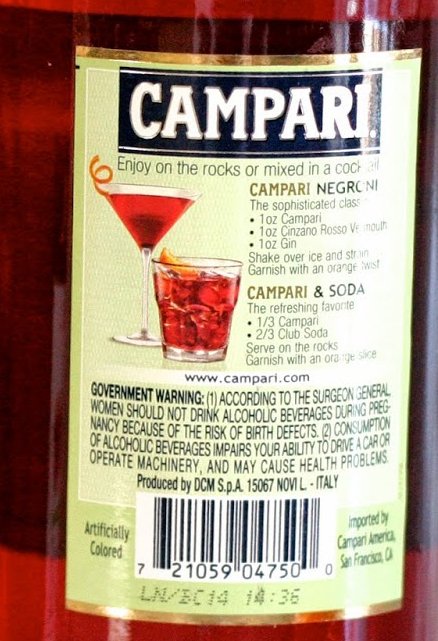
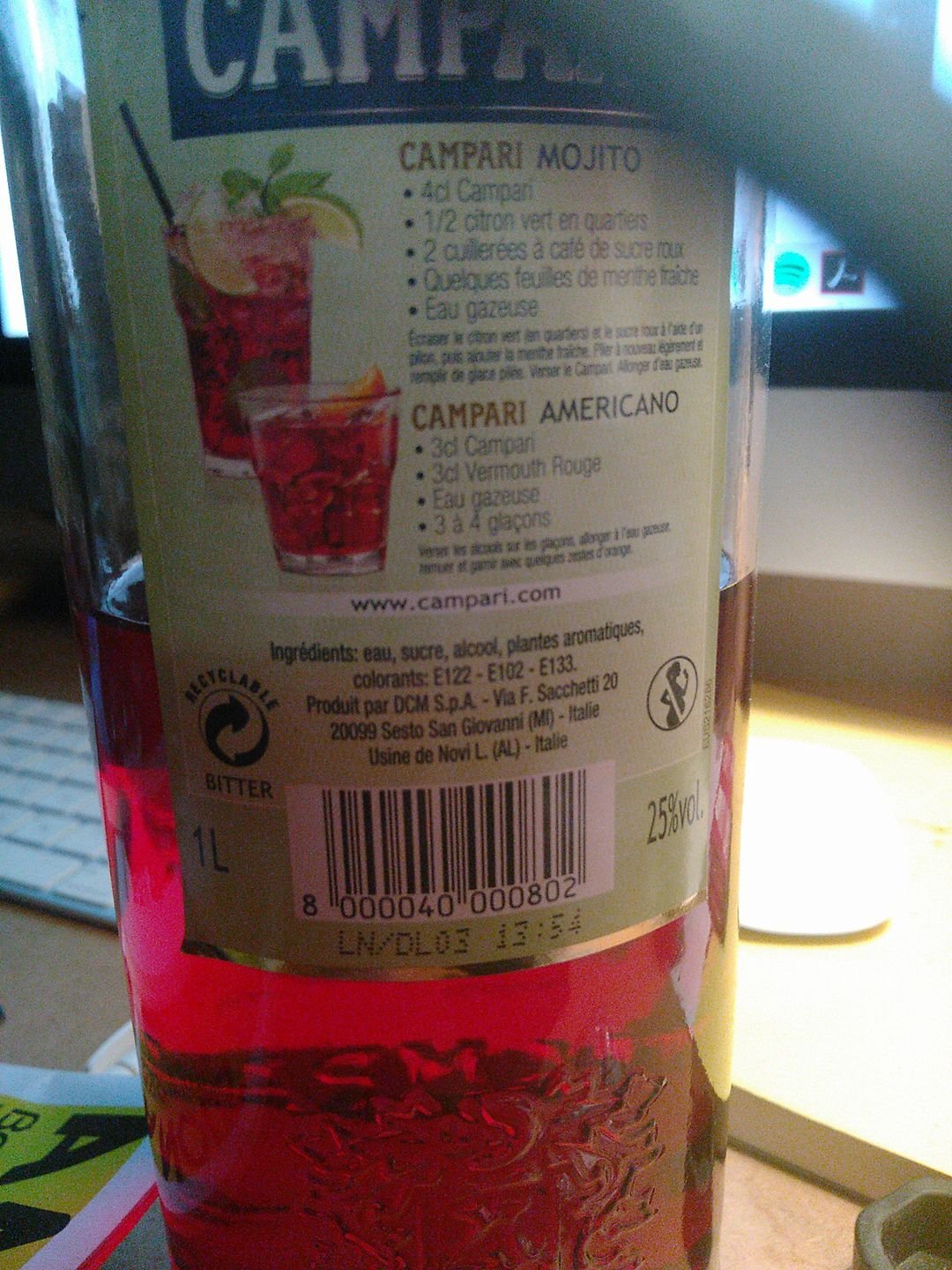
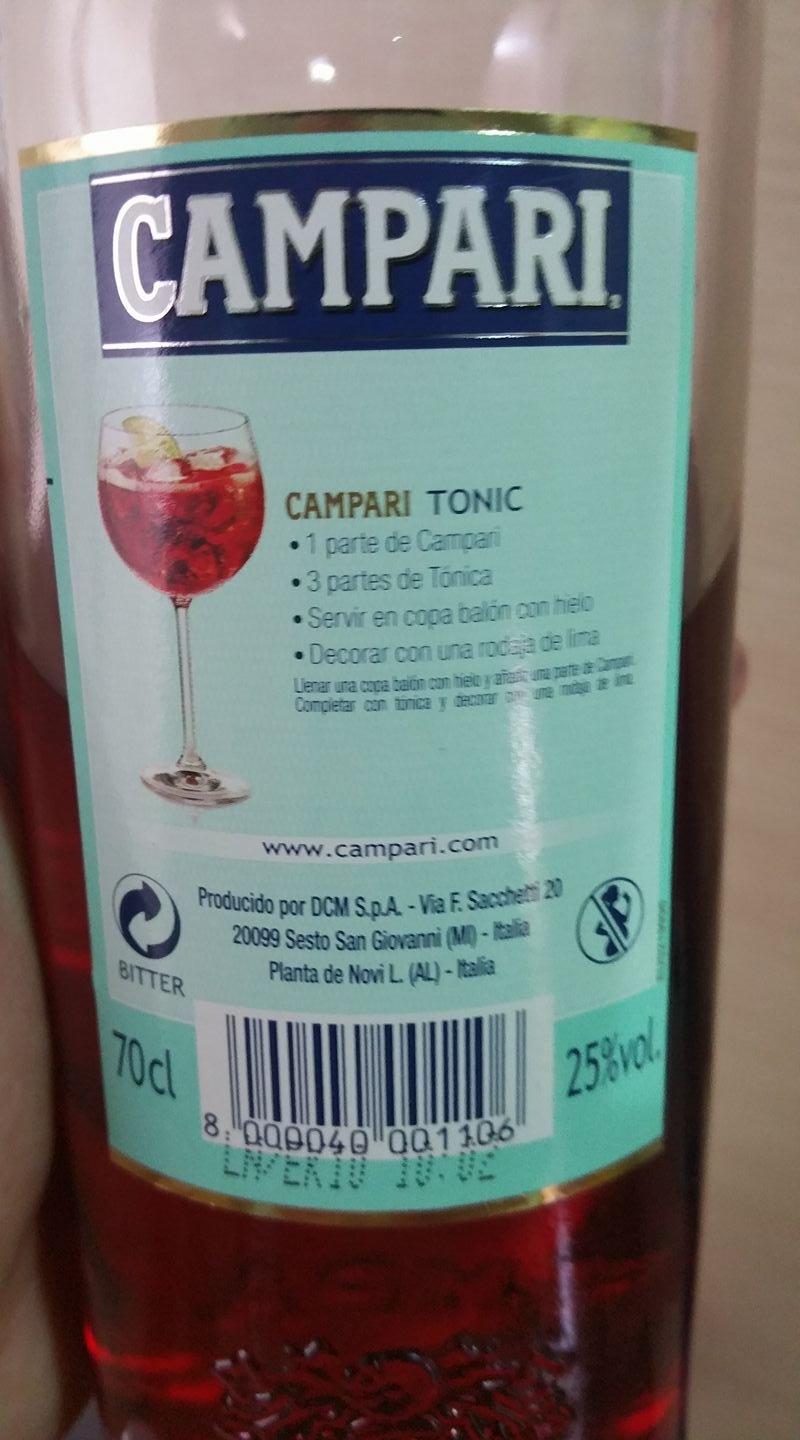
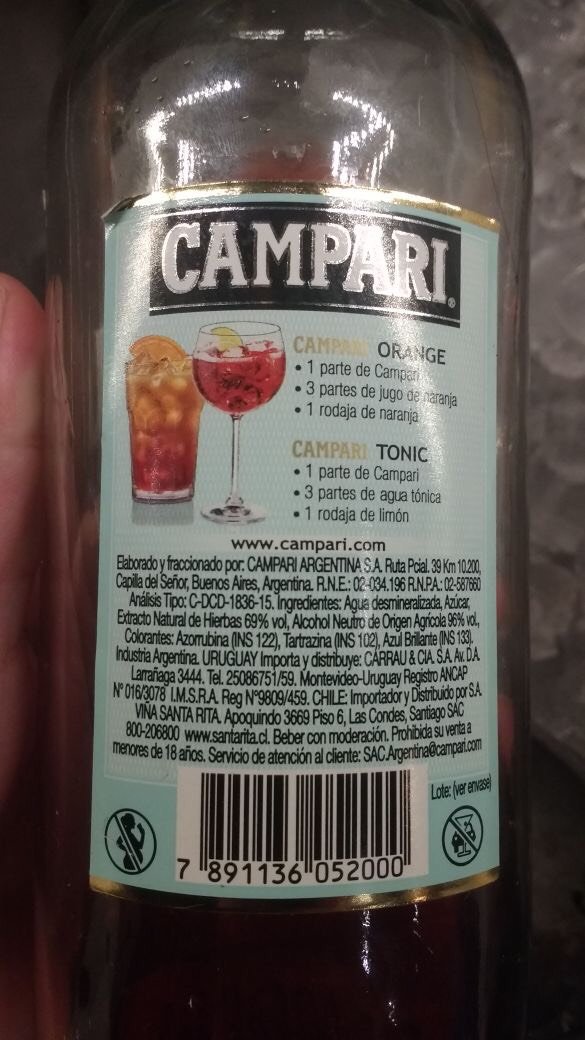


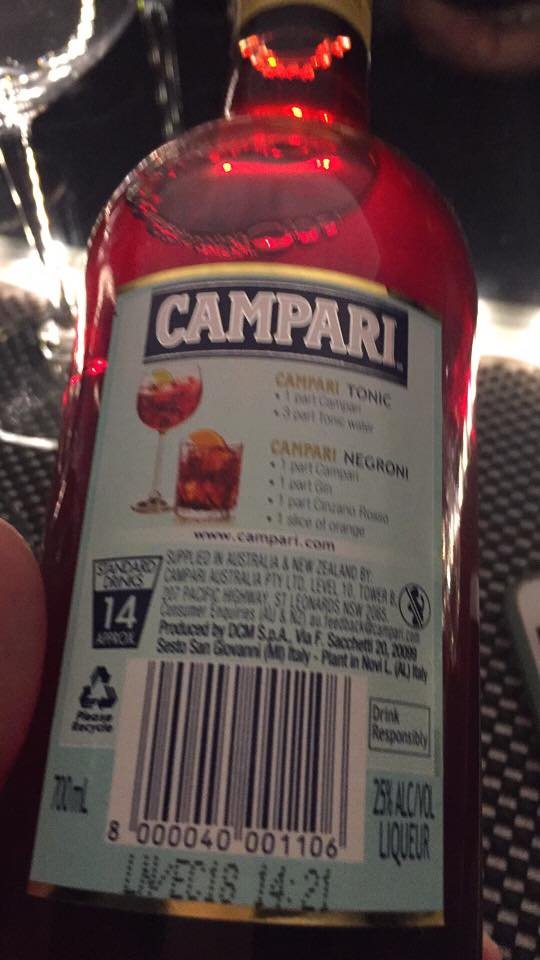
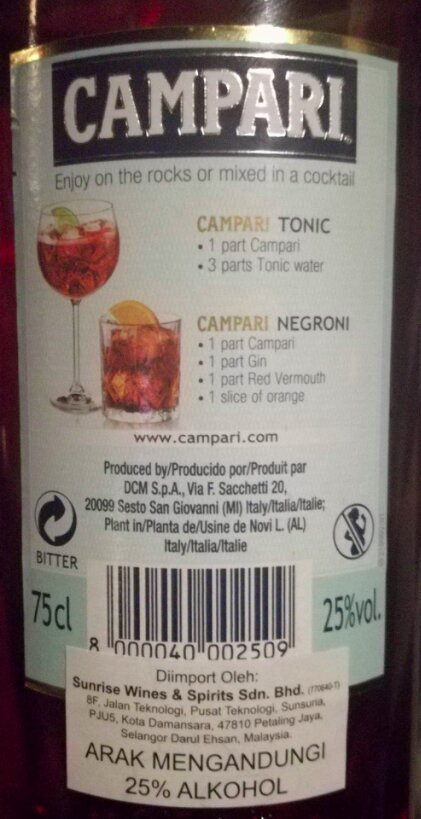


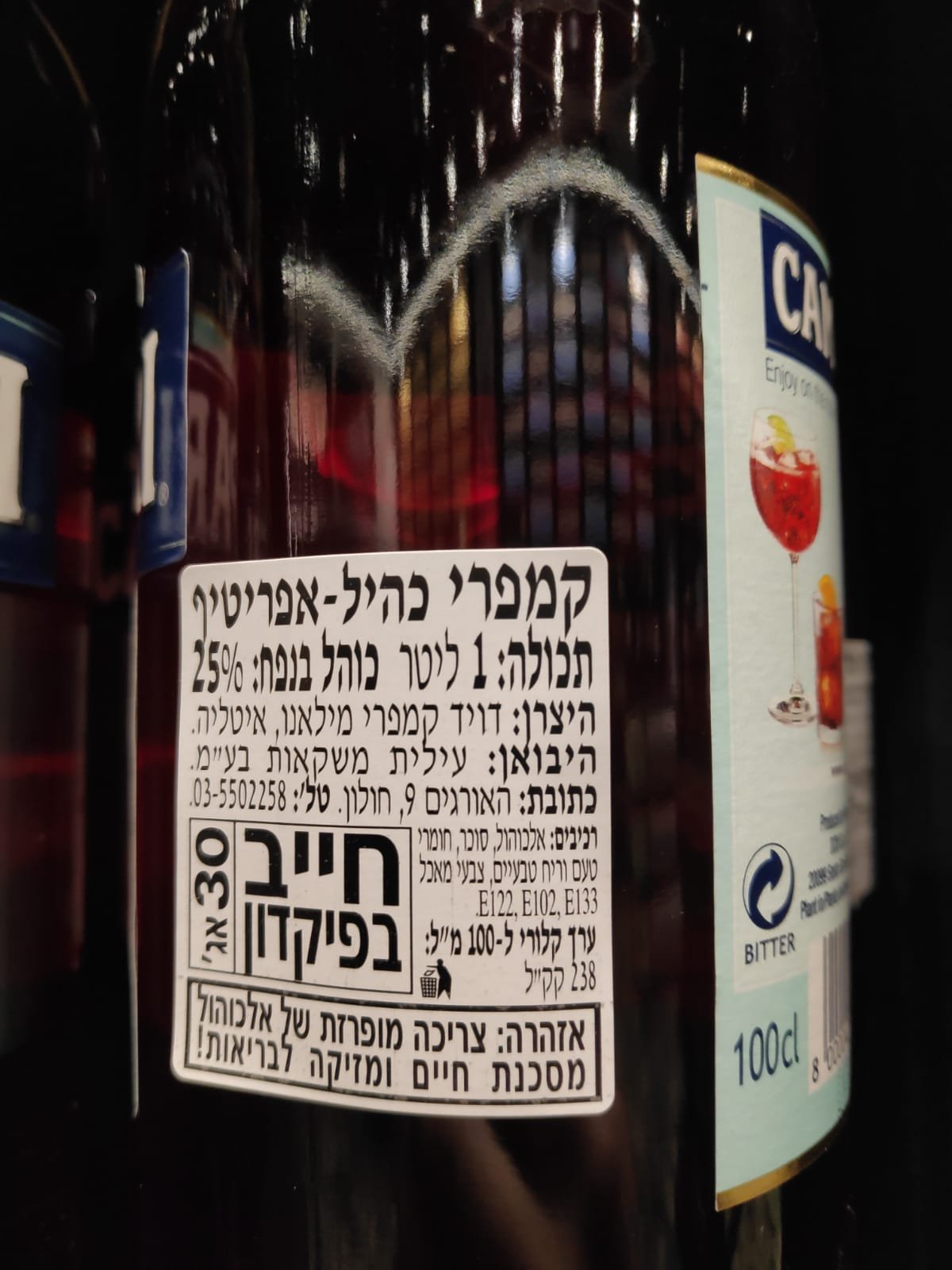

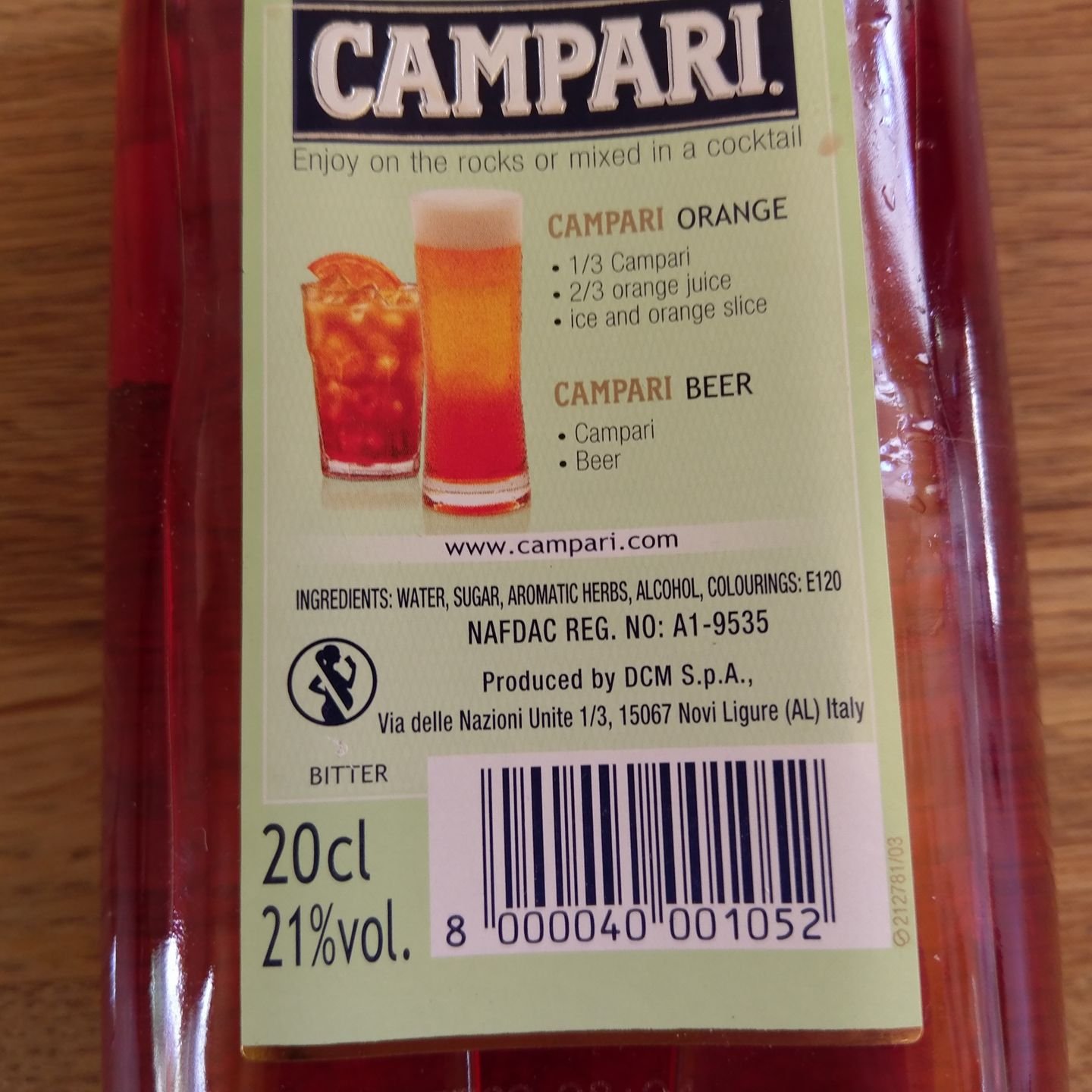

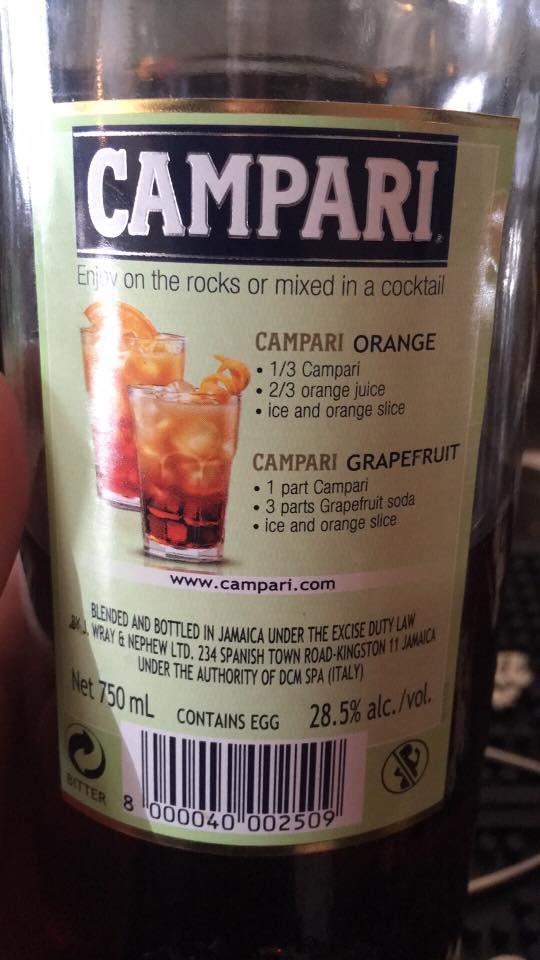
Leave a Reply